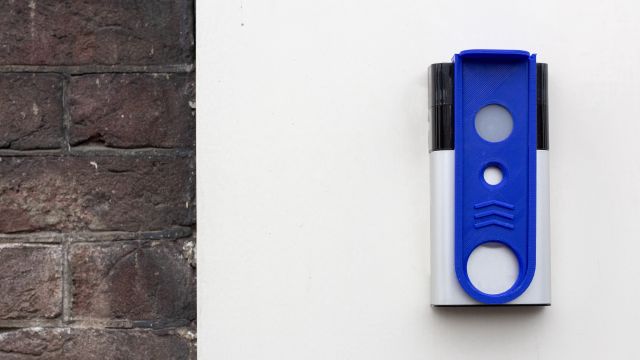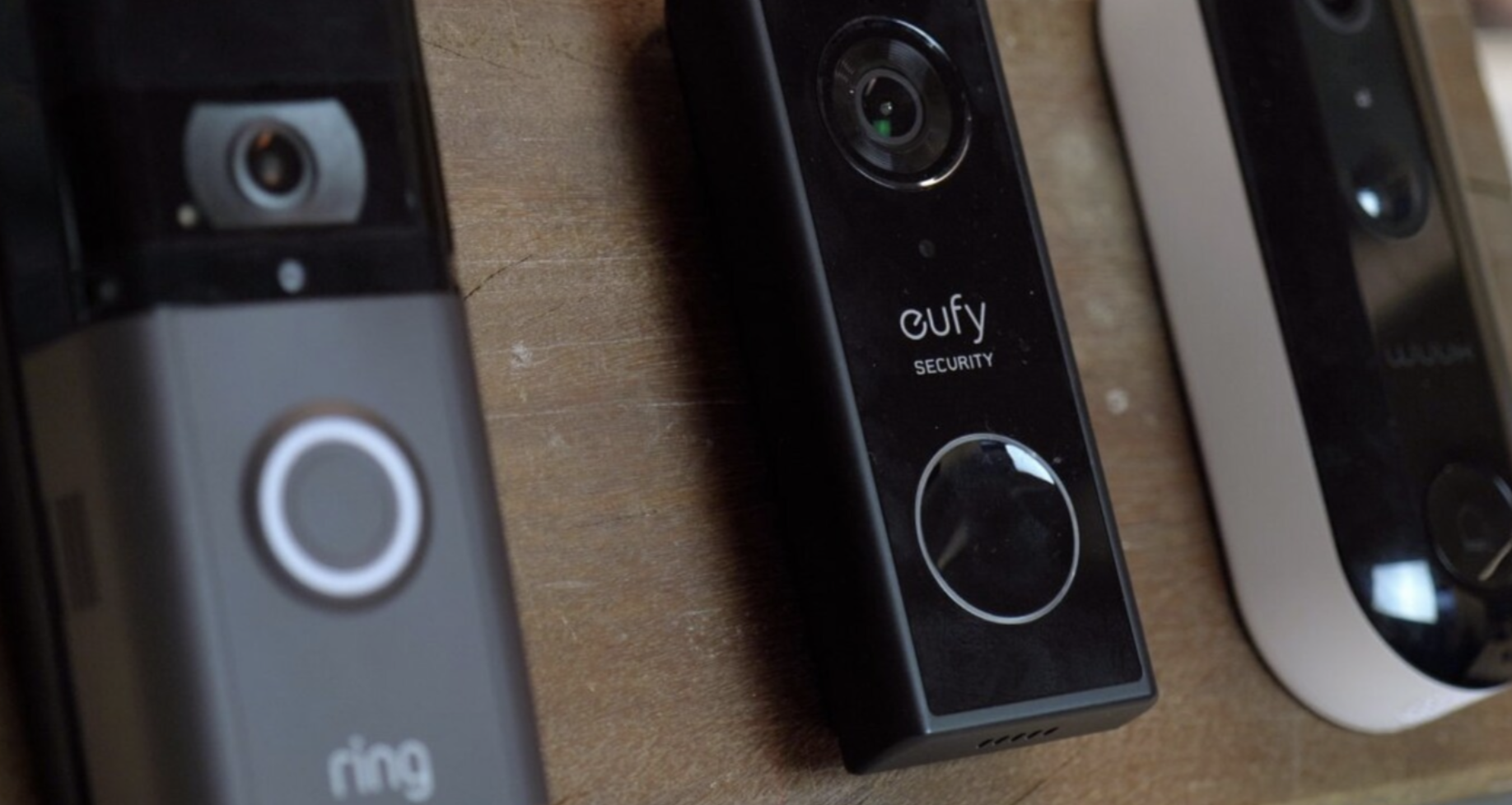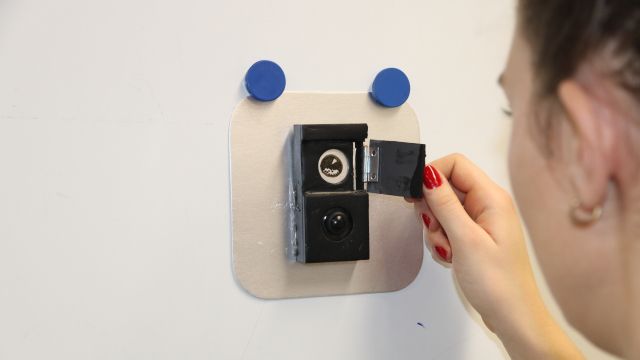How smart is your doorbell?
What if your doorbell could be more than just ‘smart’? What if it could be social, honest, or curious? TU Delft graduate Silke Snijder investigated this.
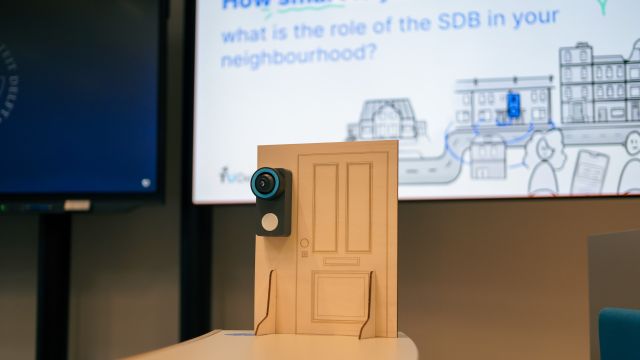
What role does the smart doorbell play in your neighborhood? And how smart should it really be? As part of her thesis project, Silke Snijder, TU Delft Design for Interaction graduate, delved into the social dynamics surrounding smart doorbells. Inspired by a research-through-design approach, she uncovered insights into current perceptions, tensions, and barriers to dialogue about these devices.
Increase in smart doorbells in the Netherlands
In today’s "sensor society," smart devices are becoming increasingly common, from weather sensors to smart home products. The smart doorbell (SDB) exemplifies this trend, in 2023, 1.2 million Dutch households used smart doorbells, according to Multiscope. These doorbells are equipped with a camera, microphone, and speaker to capture and transmit a wealth of data. With notifications sent directly to smartphones, SDBs offer convenience and a sense of security. However, their wide-angle lenses can also intrude on public and private spaces, potentially leading to social tensions and privacy concerns.
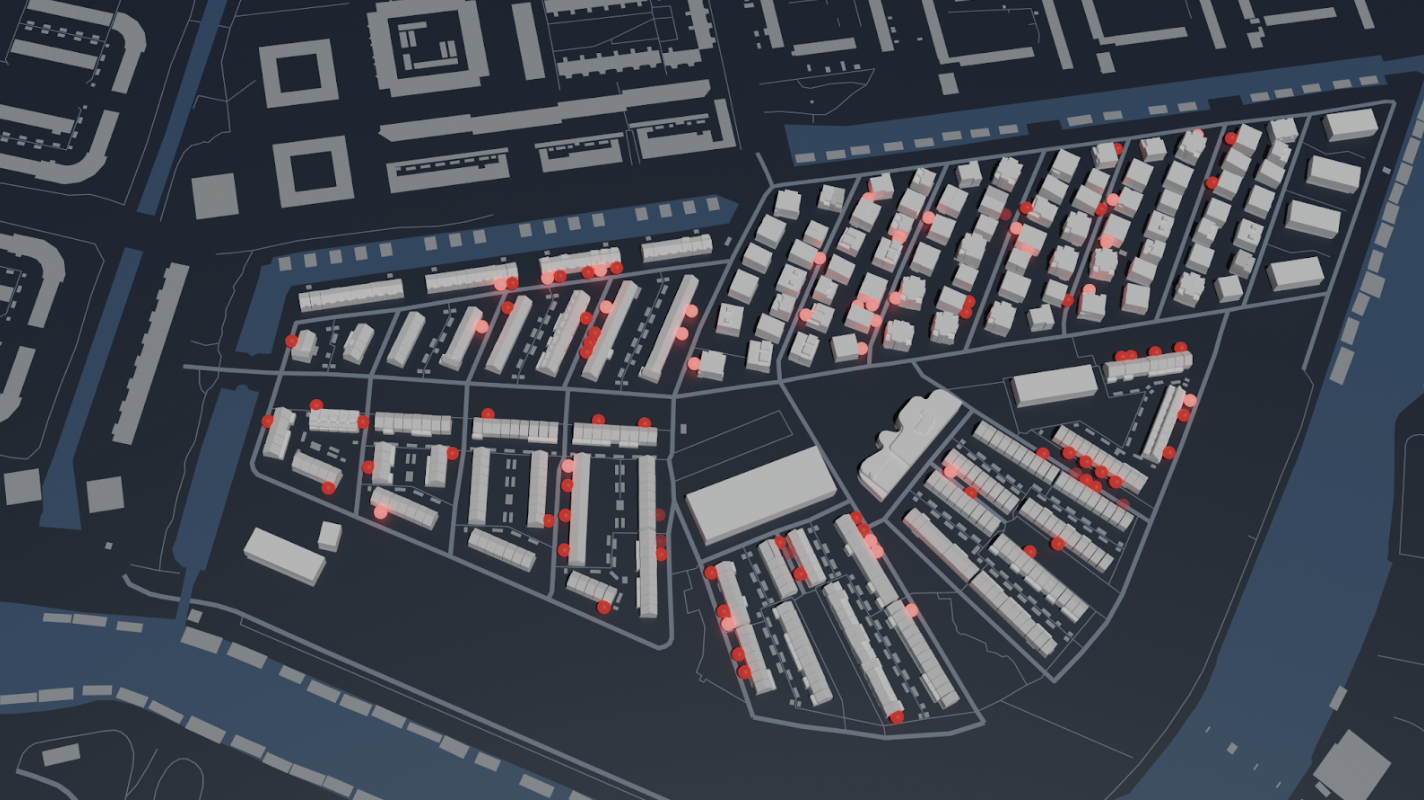
The Design
In the design process, the term 'smart' was removed to challenge assumptions about what it means for a doorbell to be 'smart'. This resulted in many interactive prototypes. One concept was chosen and developed further; resulting in the final design "the ___ doorbell". This speculative doorbell consists of three doorbell lenses each embodying different characteristics: Social, Honest and Curious.

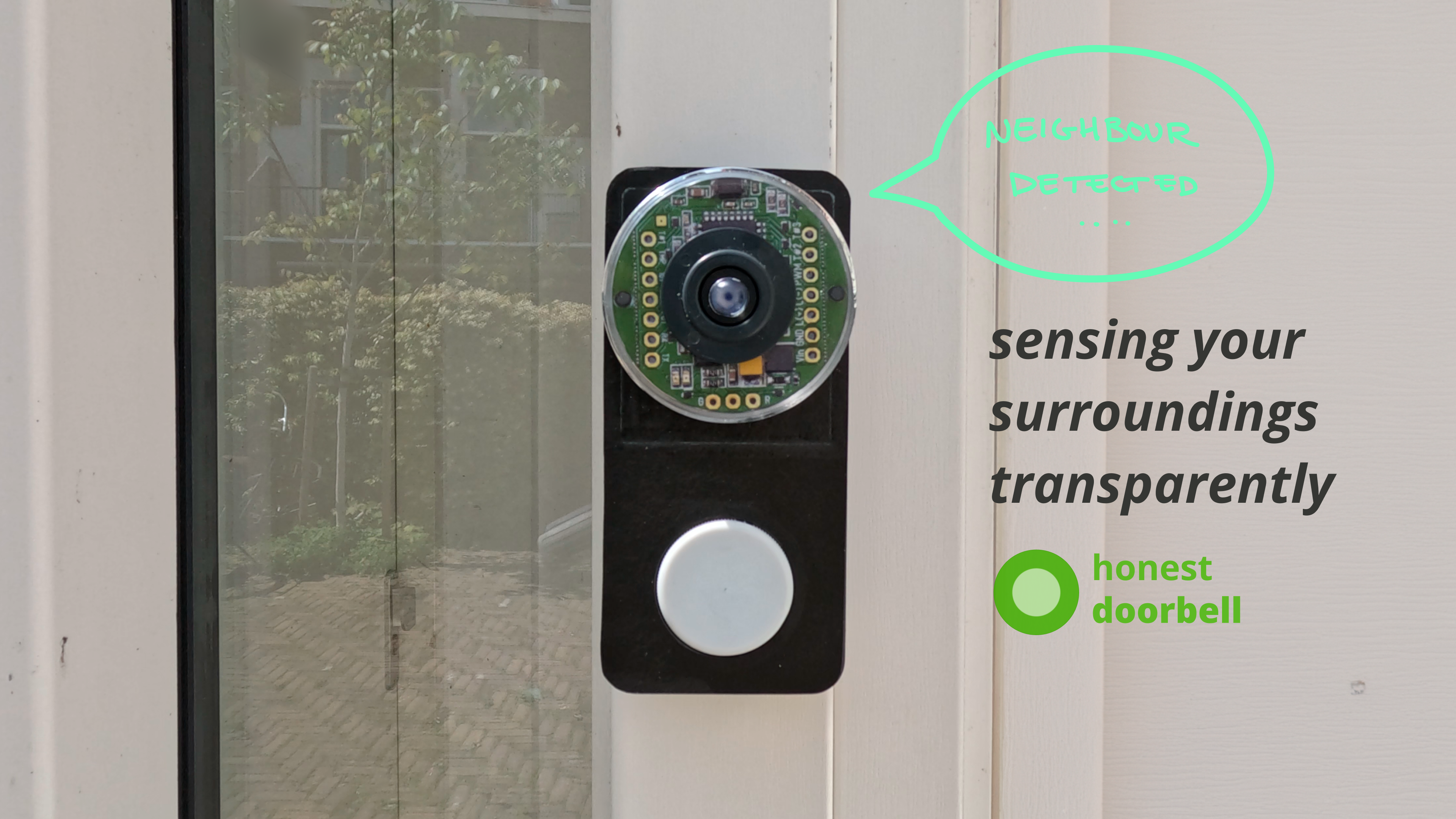
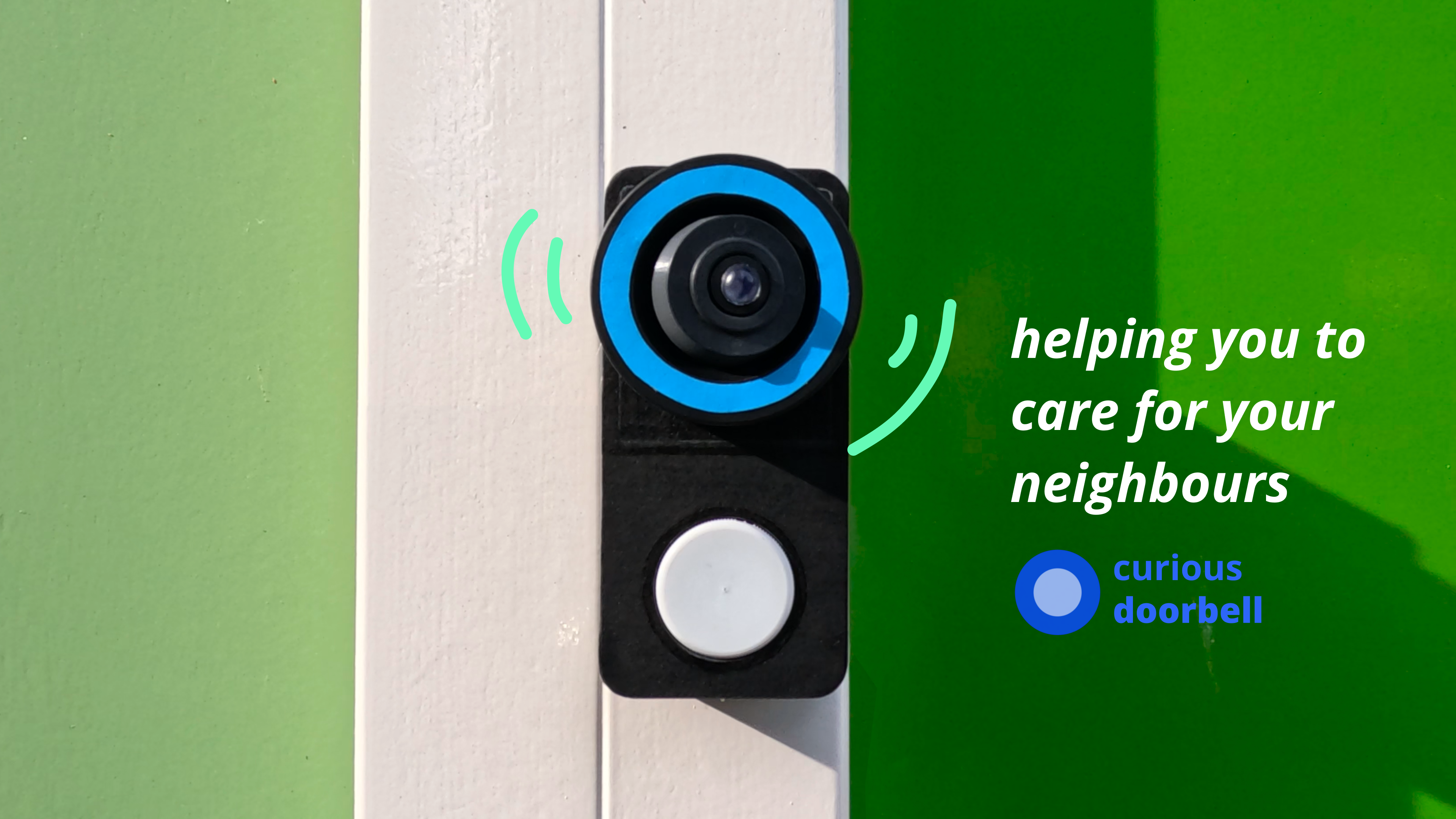
People often don't talk to their neighbours about smart doorbells, they experience barriers to do so. I proposed dialogue as an intervention to deal with social tensions and designed a series of speculative doorbells to spark conversation in a light-hearted way.”
— Silke Snijder, Design for Interaction graduate, TU Delft
The final design: Opening doors to dialogue
The___doorbell and its owners come to life in a concept video, showcasing how these doorbells might interact with their environment. The video, paired with an ‘instruction manual,’ (see image below) invites viewers to reflect critically on the social tensions related to smart doorbells and encourages dialogue in group settings.

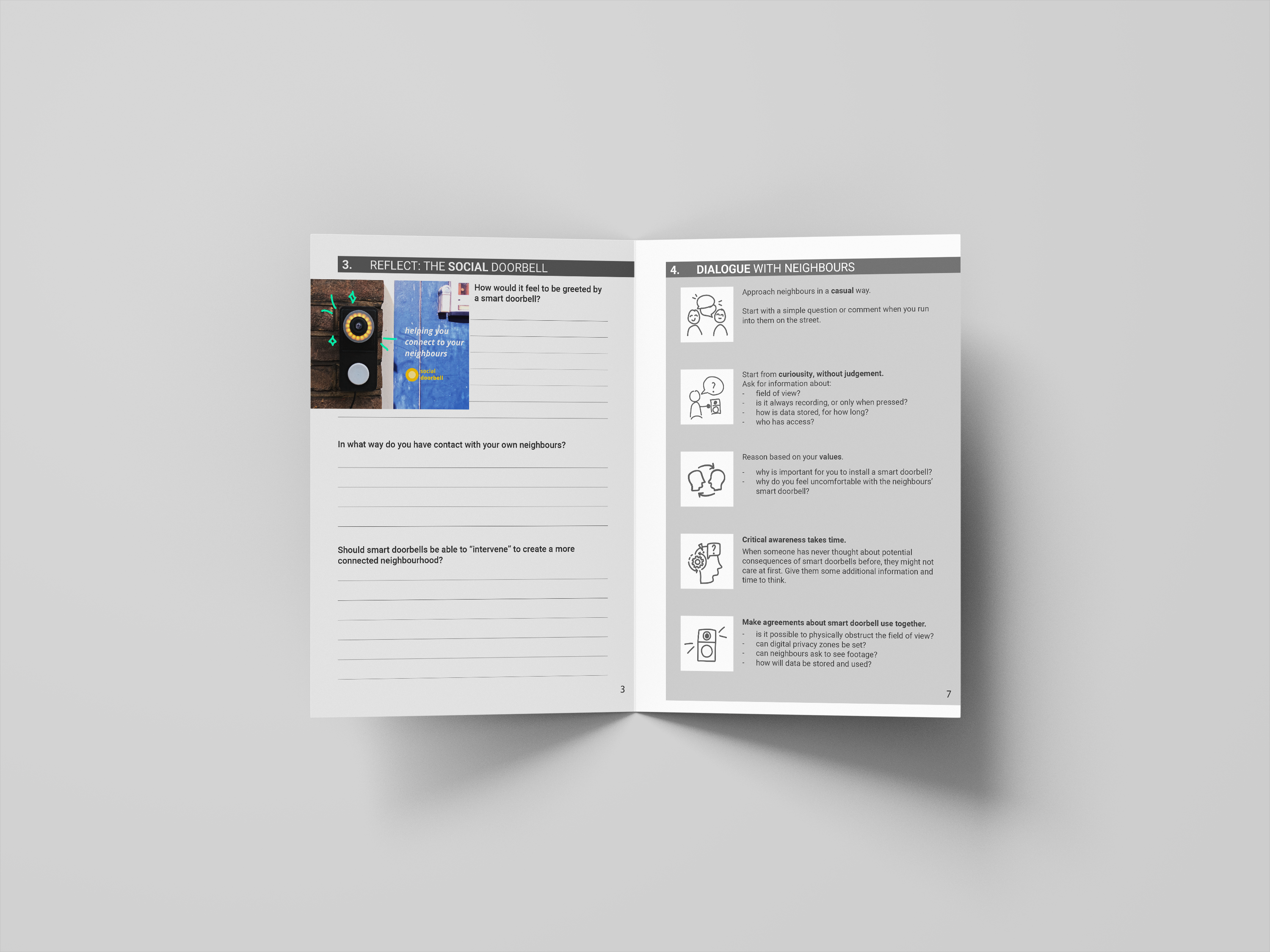
Evaluation and Impact
Tested with groups and individuals, the___doorbell successfully encouraged discussions about the social implications of smart doorbells in a nuanced, engaging manner. While this project aimed to foster neighborhood-level conversations, it also has the potential to engage other stakeholders, including policy-makers.
Raising awareness about smart doorbells
As part of her research, Silke created also the ‘Smart Doorbell Colouring Game’ to raise awareness about smart doorbells in a fun and engaging way. Participants receive a coloring page featuring their own neighborhood (see image below), with simple instructions to color houses equipped with smart doorbells.
The game adds an element of adventure, encouraging participants to explore their neighborhood and engage with the smart doorbells they encounter. A map legend on the page allows them to identify different doorbell models and locations, enhancing their interaction with the technology. While direct interactions with the smart doorbells are not expected, the activity may lead to curiosity and engagement with the technology.
This approach aims to combine a nostalgic, playful element with practical awareness of smart doorbells.
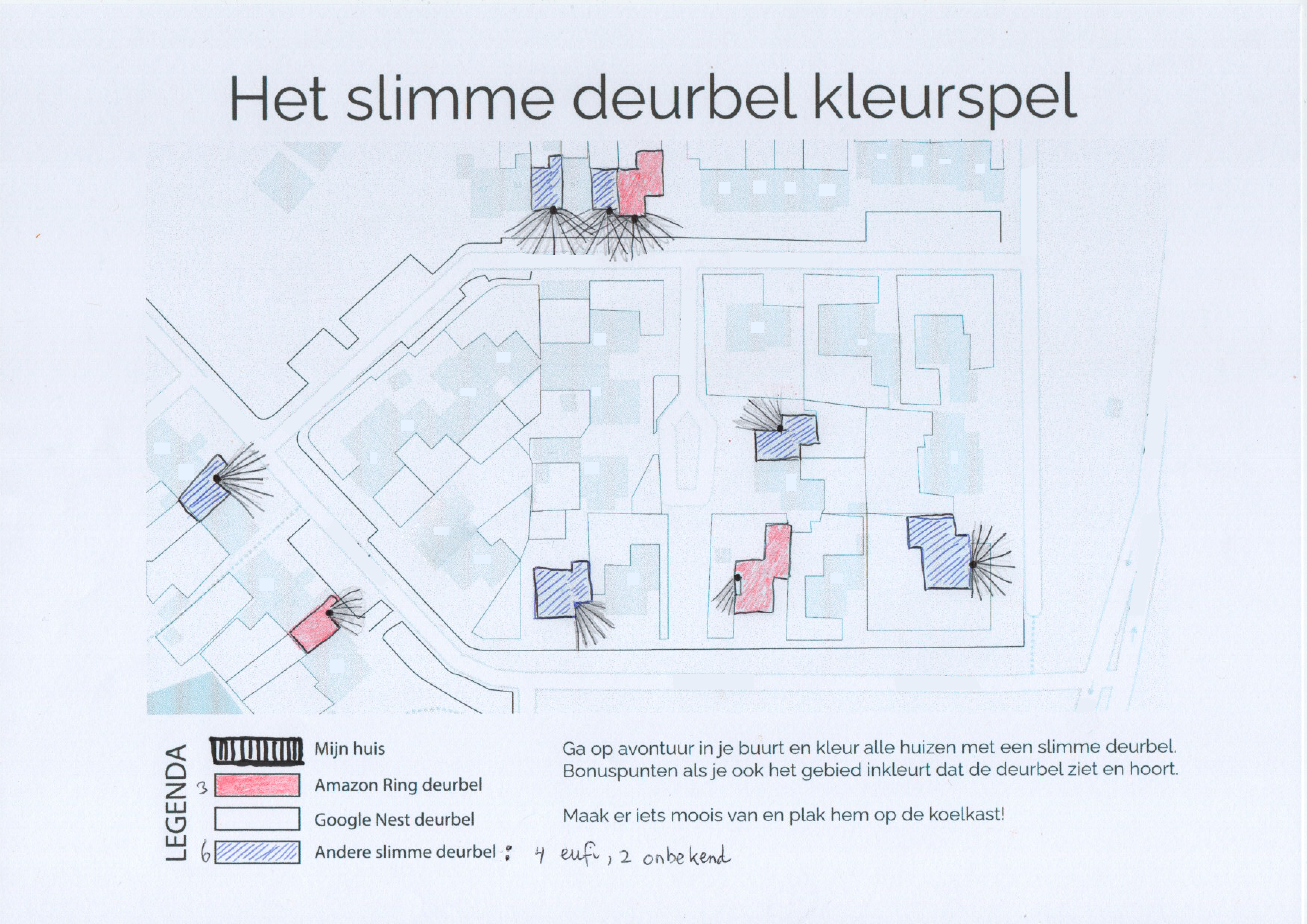
Silke Snijder
Silke Snijder studied at the faculty of Industrial Design Engineering at Delft University of Technology and recently graduated with a masters degree Design for Interaction. She enjoys immersing herself in the context of her research topics, to ask critical questions and use design to address societal challenges - preferably in a light-hearted way.





